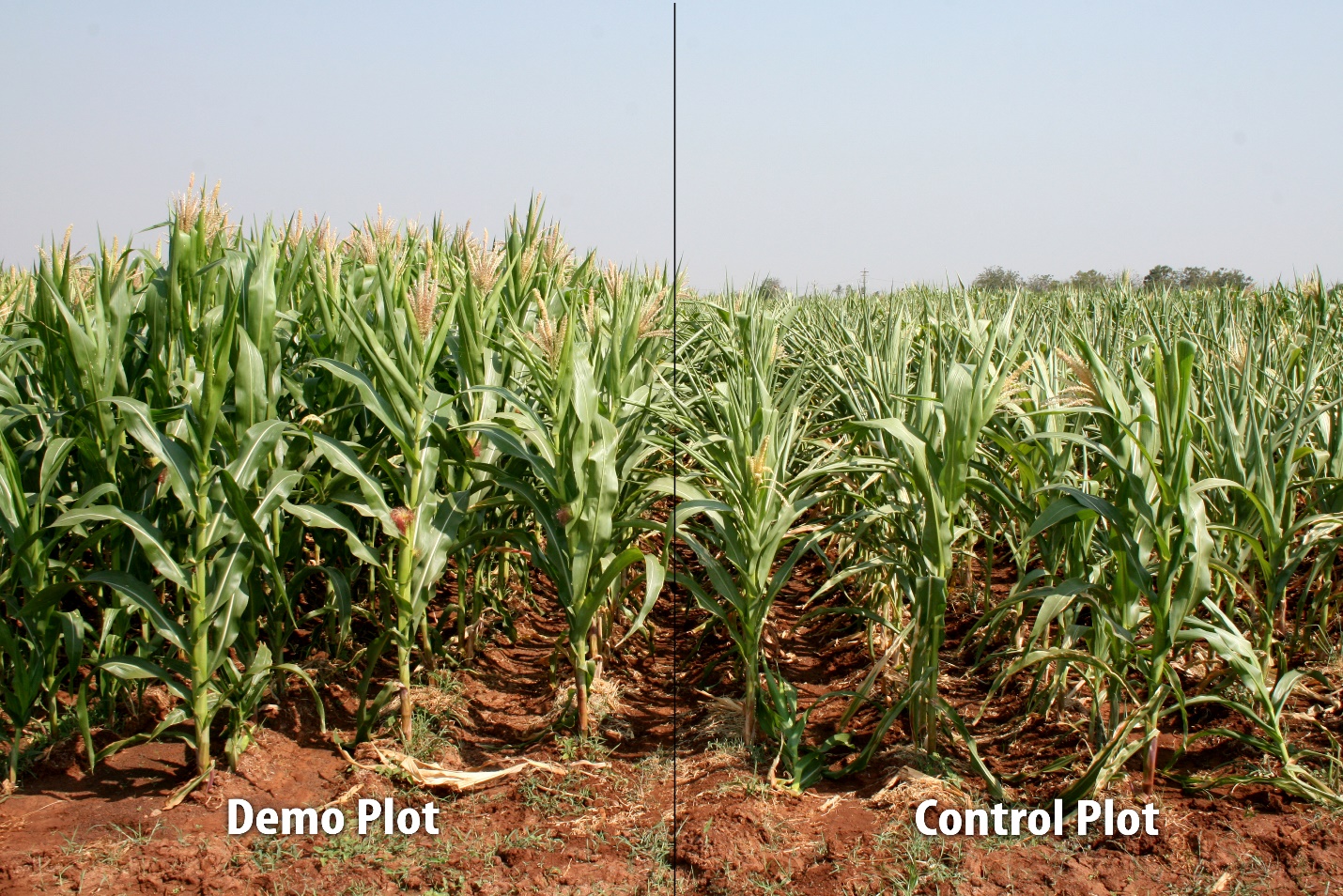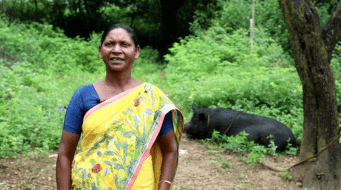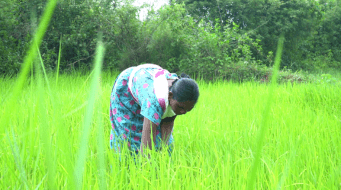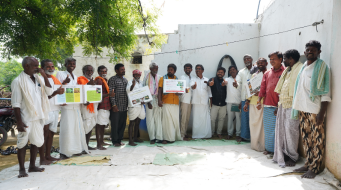By Shreya Banerjee
In order to deal with the consequences of climate change, the unsustainable nature of conventional agriculture, and the tremendous stress on the world’s limited and rapidly depleting natural resources, various new practices have been coming up in the field of sustainable agriculture. The blog explores the different terminologies that have come up and also tries to differentiate between them.
Several alternatives to conventional agricultural practices have been emerging over the years in order to maintain food, water, energy, and income security in rural areas, and simultaneously combat climate change. They use a wide range of terms to differentiate from previous practices like, sustainable, smart, conservation, precision, etc. But what do they actually mean? And how are they different from each other?
Read on to demystify these terms and get a basic understanding of what they refer to…
1. Adaptive Sustainable Agriculture (ASA):
Adaptive Sustainable Agriculture makes use of the System of Crop Intensification (SCI) in order to sustainably increase agricultural productivity. SCI is a modified version of SRI (System of Rice Intensification) which aims to increase and optimize benefits from usage of the limited available resources. It involves soil preparation and management, decreasing crop density per acre and appropriate crop spacing, systematic application of organic inputs and reducing reliance on chemical inputs, spraying micro-nutrients, and using high quality seeds.
Apart from SCI, ASA also aims to increase land productivity and reduce cost of cultivation through the promotion of organic fertilizers and indigenous seeds, usage of minimal external inputs, which would ensure high productivity as well as soil health. It also includes training farmers on better farming practices and correct tillage operations, seed treatment, better sowing methods, vermicomposting, etc. Furthermore, it also makes use of agro-meteorology and water budgeting.
In short, the basic idea is to promote resilient, adaptive and sustainable agricultural practices in the face of climate change and limited resource availability, and to generate optimum output per drop of water.

Crop spacing is a component of SCI, which is part of WOTR’s ASA initiative in Maharashtra
2. Climate Smart Agriculture (CSA):
The three pillars of CSA include:
- Productivity: Aims to sustainably increase productivity without impacting the environment.
- Adaptation: Aims to reduce vulnerability and exposure to shocks, whilst also strengthening resilience by building capacity to adapt when faced with environmental shocks. Also aims to protect ecosystem services.
- Mitigation: Aims to reduce or remove the amount of greenhouse gas emissions.
CSA interventions have the larger goal of addressing climate change and food security and in doing so, they involves adopting a landscape approach that builds upon the basic principles of sustainable agriculture but goes beyond sectoral approaches and uses an integrated planning and management. This means that it follows a more inclusionary approach and involves multiple stakeholders, at the local, regional and national level while making decisions about land use and agricultural practices. It also tries to engage women and marginalized communities as part of its processes. CSA interventions are also location and context specific, because what is ‘climate-smart’ in one area may not be in another. Hence, CSA is basically a participatory approach which utilizes ecosystem services to increase productivity, enhance resilience, and reduce GHG emissions. (Dwivedi, Naresh, Kumar, Kumar, & Kumar, 2017)
3. Conservation Agriculture (CA):
Conservation agriculture was a response to the unsustainable nature of conventional agriculture. It is basically a resource-saving, sustainable agricultural production system which comprises of a set of soil management practices that protects the land from erosion and degradation and also improves its quality and biodiversity. It requires a paradigm shift from conventional agricultural systems with respect to management of crops, water, soil, weeds and machinery. (Bhan & Behera, 2014) The soil management practices include:
- Minimal mechanical soil disturbance: Conventional agriculture is highly mechanized and uses mechanical tillage, which is thought to contribute to soil erosion, land degradation, water pollution and increased water consumption. Mechanical tillage disturbs the biological soil structuring processes which otherwise produce very stable soil aggregates.
Hence, zero-tillage or no-tillage farming is a part of conservation agriculture in which the soil is minimally disturbed and seeds are planted directly into the soil without tilling. It leaves the ground surface completely intact, thus allowing for the biological soil structuring processes to occur, and also thereby reducing soil erosion, land degradation, water usage, input costs, and also increasing crop yields. However, not all farmers adopting no-till technologies adopt the other components of CA.
- Maintaining permanent cover: This cover could be grown specifically for the purpose of being a cover crop or it could be from a previous crop residue. It protects the land against the detrimental effects of the rain and sun, and provides organisms in the soil with a constant supply of nutrients. In the process, it improves soil biodiversity, aggregation, soil biological activity, and carbon sequestration.
- Crop rotation: It is the practice of growing a series of different types of crops in the same area in sequenced seasons. This helps in exploring the different soil layers and utilizing the different nutrients within them in the process of crop rotation, so that the soil isn’t used for just one set of nutrients. This increases soil fertility, crop yield and decreases soil erosion.
CA also promotes the utilization of green manures as cover crops to form the residue cover, integrated pest and disease management, limited human and mechanical intervention on agricultural land, and is against burning of fossil fuels. In this way, CA aims to retain the natural structure and biodiversity of the soil, and also in turn, to reduce the energy usage of farmers and greenhouse gas emissions.
4. Organic Agriculture/Farming:
Organic agriculture is a method of production which doesn’t allow for the usage of synthetic chemicals including fertilizers, pesticides and genetically modified seeds etc. It believes in soil management by relying on natural soil biological activity, crop rotations, crop residues, organic waste, animal manures, and bio-fertilizers. Hence, organic farming aims to improve soil health and fertility and maintain organic matter levels for sustainable production in an eco-friendly manner without using external chemical farm inputs.
Conservation agriculture also believes in improving soil fertility and has a specific set of soil management practices, but unlike organic farming, it allows for the usage of chemicals. Organic agriculture also involves careful mechanical interventions for various purposes, which isn’t a part of conservation agriculture.
5. Precision Farming:
Precision farming originated in the West, and involves using very precise or exact amounts of inputs, including water, fertilizer, etc. at the correct time, and at the correct place, in order to increase productivity levels and reduce production costs and environmental impact. It is based on the idea that the producer makes informed decisions based on information technology and understands agro-climatic conditions. Precision farming, by definition, makes use of tools like the Global Positioning System (GPS), sensors, and Geographic Information Systems (GIS), which would help farmers in managing agricultural inputs. Considering that there is quite a bit of high-end technology and hardware and software involved, the rate of adoption of precision farming is a slow process in developing countries like India where farm size is usually small and there is no assurance of high economic gains.
6. Permaculture:
Permaculture originally referred to ‘permanent agriculture’, and has now evolved into an ecological design system. It works with nature, and not against it, to create human agricultural systems which draw inspiration from natural ecosystems. It uses a set of principles to develop eco-friendly and efficient systems and practices which are also sustainable. Some of these sustainable practices include rainwater harvesting, agroforestry, fruit tree management, zero-tillage, sheet mulching etc.
To sum up, permaculture is an environment friendly way of living which encourages us to be self-reliant and resourceful, whilst reducing our dependence on fossil fuels. Permaculture ecosystems are said to be extremely productive and also completely self-sustaining. It also works on a smaller scale and can be used at an individual level in city flats, small farms, community spaces, waste grounds, schools, etc.
The Watershed Organisation Trust (WOTR) has been extensively promoting sustainable agriculture practices as part of its adaptive sustainable development approach. To know more about WOTR’s ASA activities, please see:
https://wotr.org/adaptive-sustainable-agriculture
https://wotr.org/sites/default/files/WOTR%20Agriculture%20Position%20Paper.pdf
https://wotr.org/sites/default/files/Agriculture%20-%20Policy%20Brief%20No.%203_0.pdf
https://wotr.org/system/files/articles/Making%20Smallholder%20Farming%20Climate-smart.pdf
References
Bhan, S., & Behera, U. K. (2014). Conservation agriculture in India – Problems, prospects and policy issues.
Dwivedi, A., Naresh, R. K., Kumar, R., Kumar, P., & Kumar, R. (2017). Climate Smart Agriculture.
FAO. (2009). How To Feed The World in 2050.
https://www.seedsnow.com/blogs/news/crop-rotation
https://agricultureandfoodsecurity.biomedcentral.com/articles/10.1186/2048-7010-3-4
https://www.wotr.org/sites/default/files/SCI-System-of-Crop-Intensification-Booklet.pdf
https://csa.guide/csa/what-is-climate-smart-agriculture
http://conservationagriculture.mannlib.cornell.edu/
https://greentumble.com/pros-and-cons-of-no-tillage-farming/
http://agritech.tnau.ac.in/org_farm/orgfarm_introduction.html
https://www.geospatialworld.net/article/precision-farming-in-indian-agricultural-scenario/





